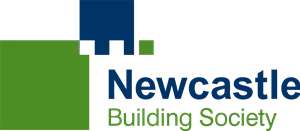With less than two years to the IFRS 9 deadline on 1st January 2018, Coventry Building Society was aware it needed to start preparations to allow it a year of operation to reflect the impact on opening balances. So it appointed Jaywing to ensure it meets the guidelines well ahead of the deadline.
Jaywing set about developing prototype IFRS 9 models for one of the Society’s key mortgage portfolios. The Society understood the benefits of a ‘test and learn’ prototype approach, considering the complexity associated with these forward-looking Expected Credit Loss (ECL) models.
Early insight of the IFRS 9 models enabled the Society to understand the data and compliance requirements and provided assurance around the ability to implement the models onto their systems. Jaywing’s approach was completely bespoke to Coventry Building Society because every organisation has unique IFRS 9 and loss forecasting requirements as defined by their data, model and system infrastructure, as well as their business operations. Jaywing’s consultants worked in partnership with the Society in order to share their IFRS 9 experience and loss forecasting knowledge with the Society’s analysts throughout the engagement.
“Jaywing brought a wealth of IFRS 9 experience and combined excellent modelling credentials with extensive industry knowledge.”
John Lowe, Finance Director at Coventry Building Society
As a result of Jaywing’s involvement, Coventry Building Society was able to gain internal approval of their IFRS 9 design based on the prototype model, which was built within demanding timescales, thus enabling the project to progress to full model build. This was key during the final development process when models were deployed across the remaining portfolios. Jaywing helped the Society to execute a best practice standard for IFRS 9, all without impacting on their day-to-day business.
Jaywing continued to work with Coventry Building Society throughout IFRS 9 and beyond to learn how these robust and predictive long-range loss forecasting models are utilised for future stress testing and forecasting exercises as well as leveraged for pricing and business or investment strategies.






